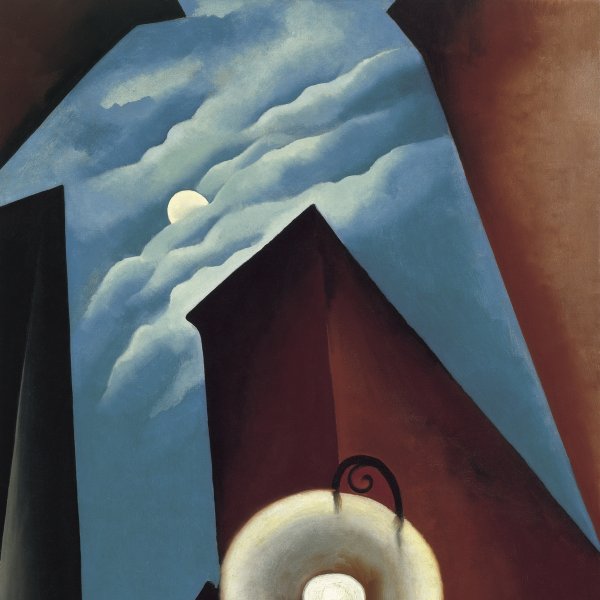Georgia O'Keeffe
Georgia O'Keeffe is one of the leading avant-garde artists of the first half of the twentieth century in the United States. Born on a farm in Wisconsin, she studied at the Art Institute of Chicago and the Art Students League in New York, but it was Arthur Wesley Dow’s teachings that provided her with an alternative to the predominant trends on the American art scene of the period. In 1915, while working as an art teacher in South Carolina and Texas, she began experimenting with non-figurative art. She produced a series of abstract charcoal drawings that found their way into the hands of photographer and gallery owner Alfred Stieglitz, who immediately decided to exhibit them at his gallery, 291. From then onwards her fame did not cease to grow; by the mid-1920s, O'Keeffe had become one of the most famous artists in the country, known for her radical depictions of flowers and her paintings of New York skyscrapers, a symbol of American modernity par excellence.
In 1929, O'Keeffe made the first of her many trips to New Mexico. The remote region’s mountainous terrain and mixture of cultures inspired her to pursue a new direction in her art. Over the next two decades, she spent most of her summers living and working in New Mexico, and made it her permanent home in 1949. In the 1950s, despite having never previously left America, the artist embarked on the first of a series of international trips to all the continents. The many hours she spent flying inspired a series of views from an aeroplane window. During her final years, in which she experimented with pottery owing to failing eyesight, she received numerous awards and many exhibitions were held in her honour.





